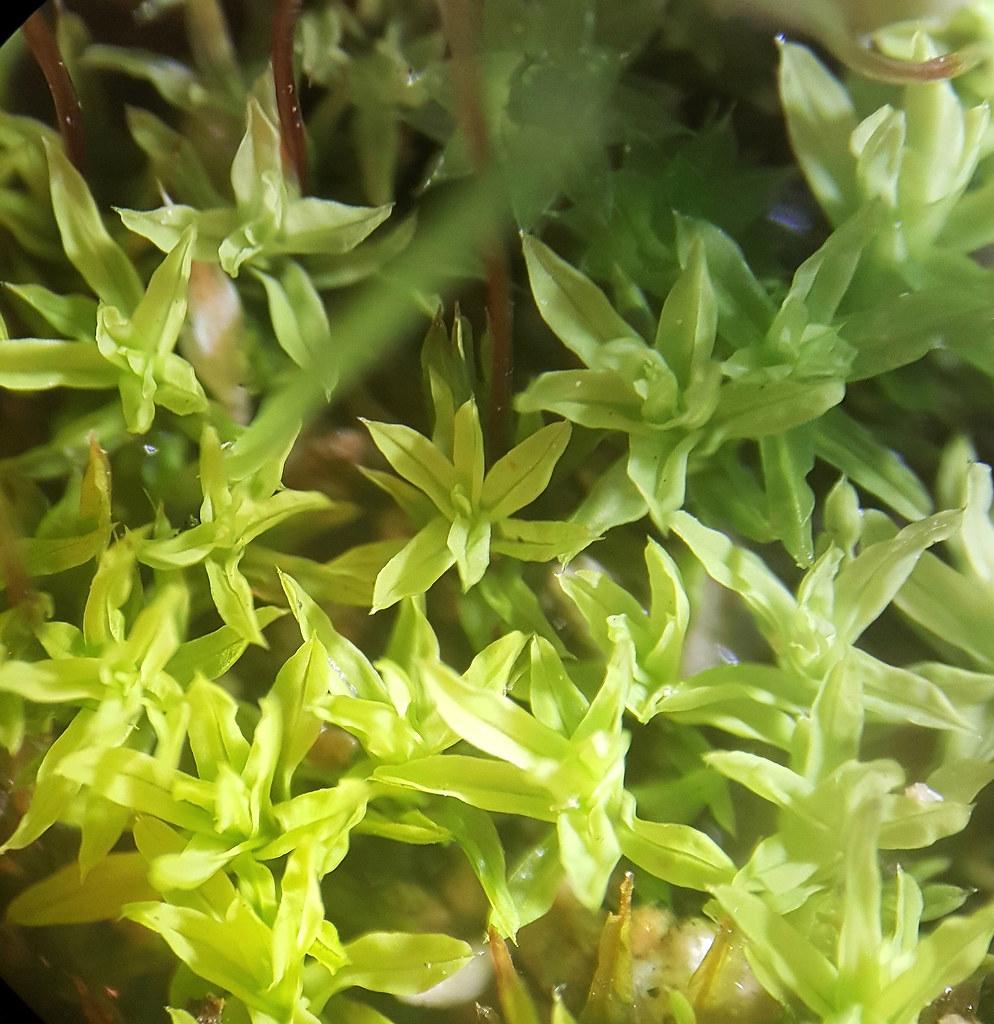
51698173876_f89a4091fe_b.jpg from: https://www.flickr.com/photos/silybum/51698173876
Introduction
In the vast and captivating world of bryophytes, one particular moss species stands out for its resilience and ubiquity – the Barbula unguiculata Hedw., commonly known as Barbula
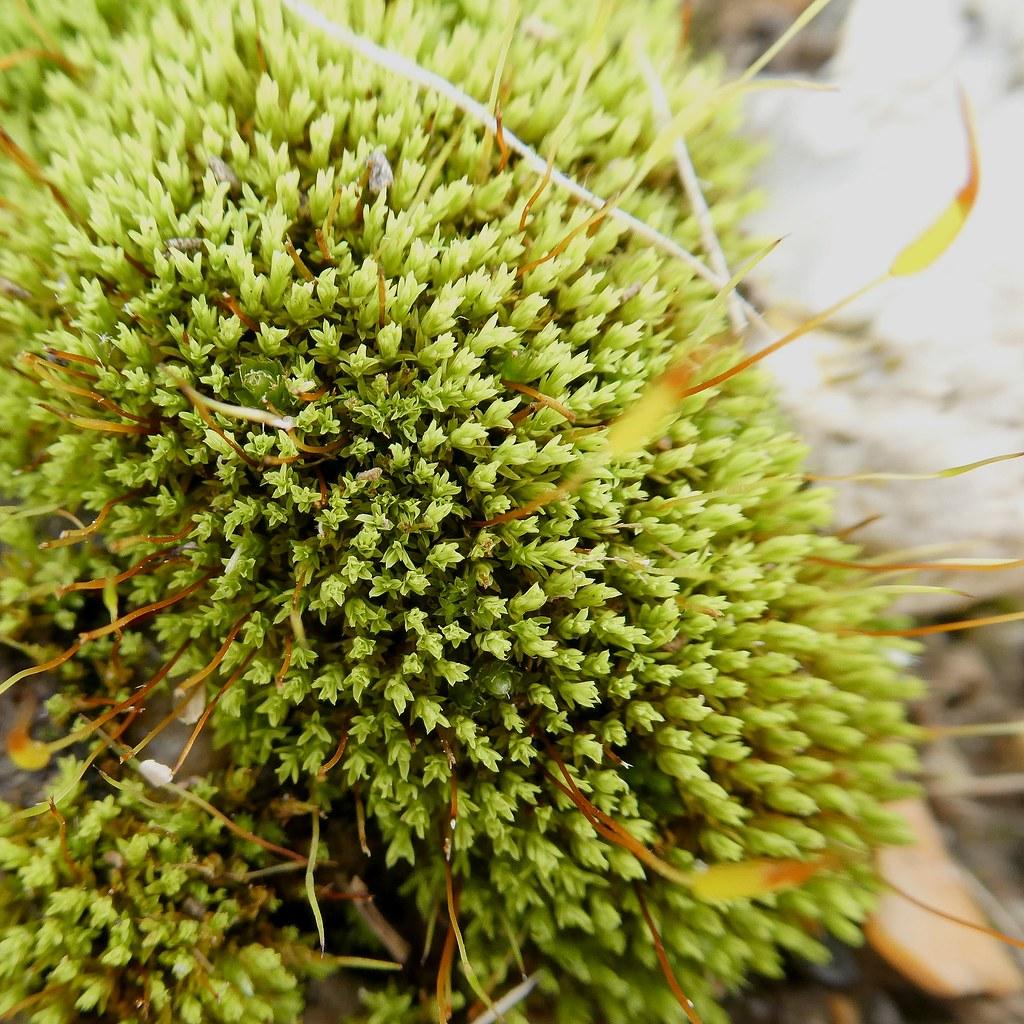
51708820203_5c970c14cd_b.jpg from: https://www.flickr.com/photos/21657471@N04/51708820203/
. This unassuming yet remarkable member of the Pottiaceae family has captured the hearts of moss enthusiasts worldwide, offering a fascinating glimpse into the intricate tapestry of nature’s smallest wonders.
Background
Before delving into the intricacies of Barbula unguiculata Hedw., it’s essential to understand the broader context of bryophytes. These non-vascular plants, which include mosses, liverworts, and hornworts, are often overlooked but play a crucial role in various ecosystems. They are among the oldest land plants on Earth, with fossil records dating back over 400 million years, making them true survivors and pioneers of terrestrial life.
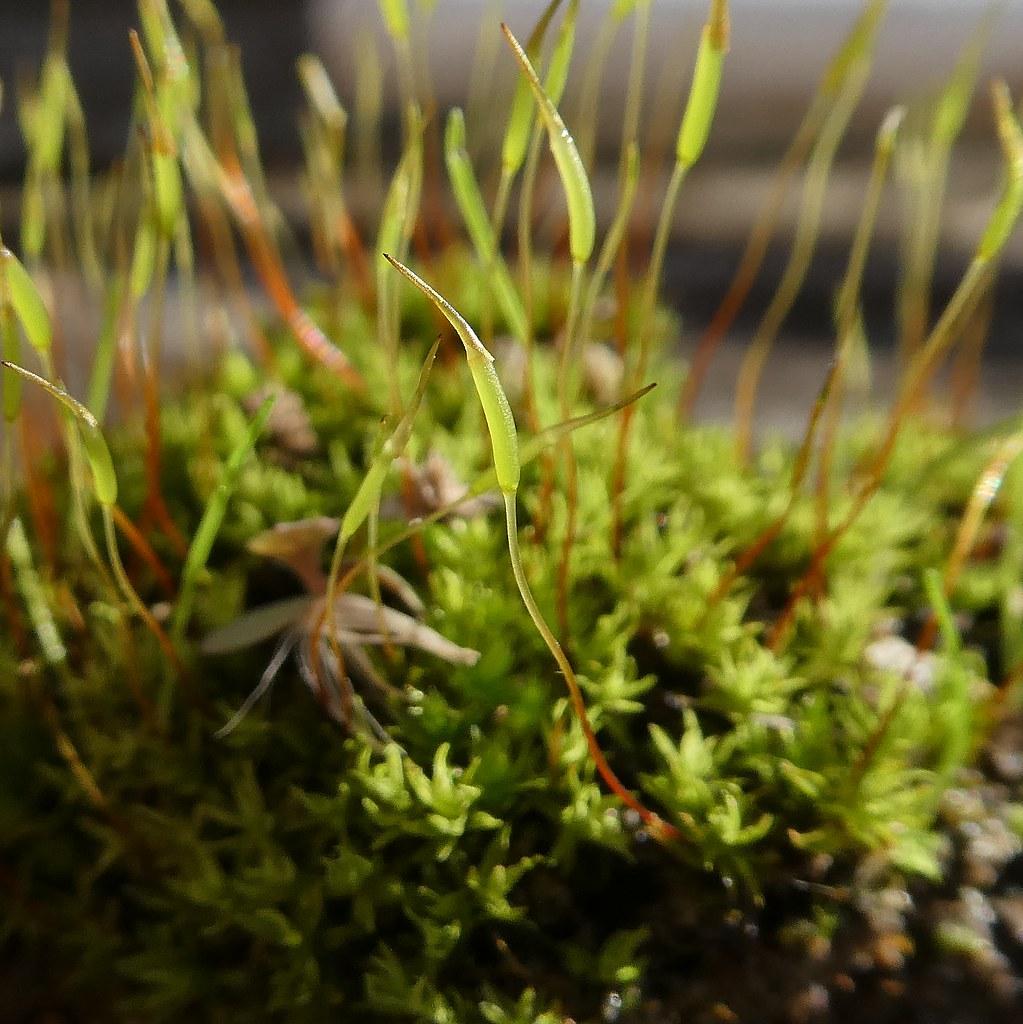
51697154517_82956a4f07_b.jpg from: https://www.flickr.com/photos/silybum/51697154517
Main Content
Morphology and Identification
Barbula unguiculata Hedw. is a small, acrocarpous moss that forms dense, cushion-like tufts or mats. Its leaves are lanceolate to ovate-lanceolate, with a distinctive hair-like tip (unguiculata means “with a small claw” in Latin, referring to this characteristic). The leaves are spirally arranged around the stem and strongly crisped when dry, a trait that helps the moss conserve moisture in arid environments.
One of the most striking features of Barbula is its reddish-brown to green coloration, which can vary depending on the moisture levels and environmental conditions. This coloration is due to the presence of pigments that protect the moss from harmful UV radiation and desiccation.
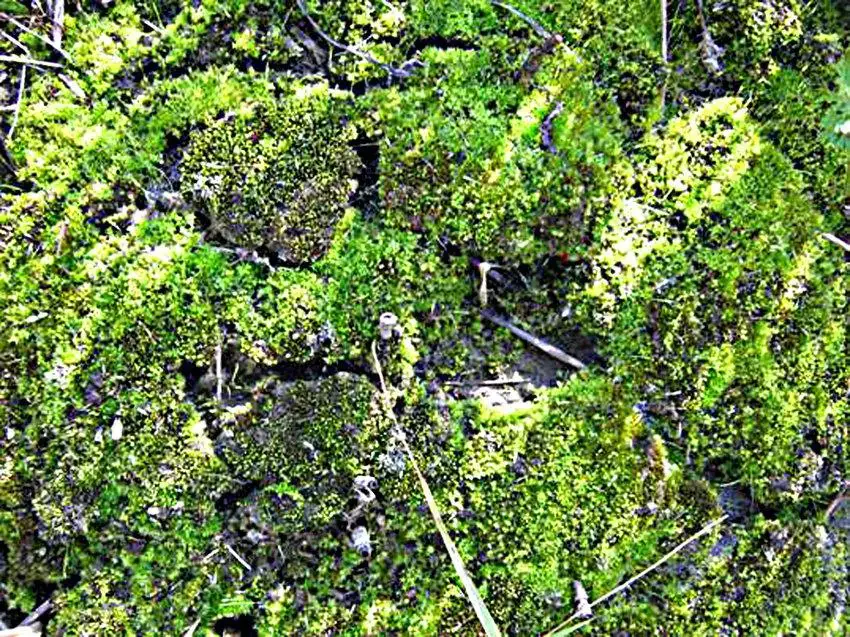
Moss-cover-formed-by-Bryum-caespiticium-Hedw-and-Barbula-unguiculata-Hedw-on-the-dump.png from: https://www.researchgate.net/figure/Moss-cover-formed-by-Bryum-caespiticium-Hedw-and-Barbula-unguiculata-Hedw-on-the-dump_fig1_325660806
Global Distribution and Habitat
Barbula unguiculata Hedw. is a cosmopolitan species, meaning it can be found on almost every continent, except Antarctica. It thrives in a wide range of habitats, from urban areas and disturbed sites to natural environments like rock outcrops, soil banks, and even tree bark. This moss is particularly well-adapted to arid and semi-arid regions, where its ability to withstand desiccation and rapidly rehydrate after rainfall gives it a competitive edge.
Ecological Roles and Adaptations
Despite its diminutive size,
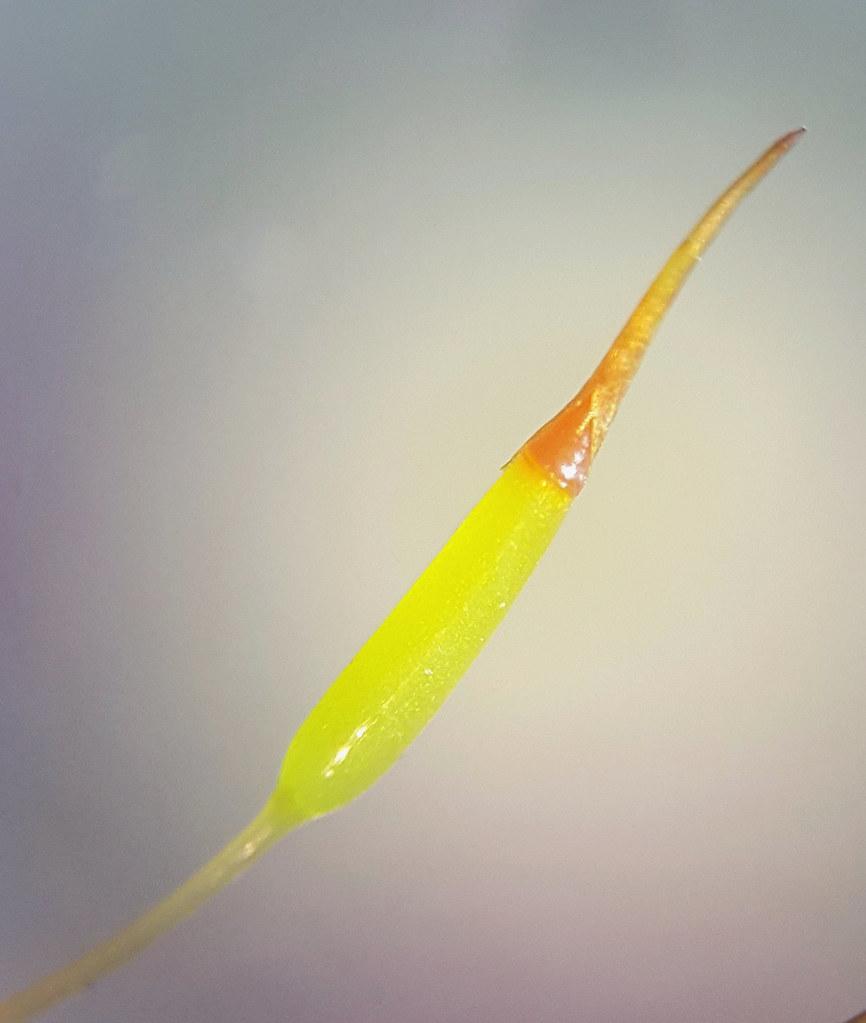
51709899635_f2519f6b83_b.jpg from: https://www.flickr.com/photos/21657471@N04/51709899635/
Barbula unguiculata Hedw. plays a vital role in various ecosystems. As a pioneer species, it helps stabilize and enrich soils, creating favorable conditions for other plants to establish themselves. Additionally, these mosses provide microhabitats for a diverse array of invertebrates, fungi, and microorganisms, contributing to the overall biodiversity of an area.
One of the most remarkable adaptations of Barbula is its ability to enter a state of cryptobiosis, a dormant state where metabolic activity is virtually suspended. This allows the moss to survive extreme conditions, such as prolonged drought or freezing temperatures, and quickly revive when favorable conditions return. This resilience is a testament to the evolutionary success of bryophytes and their ability to thrive in some of the harshest environments on Earth.
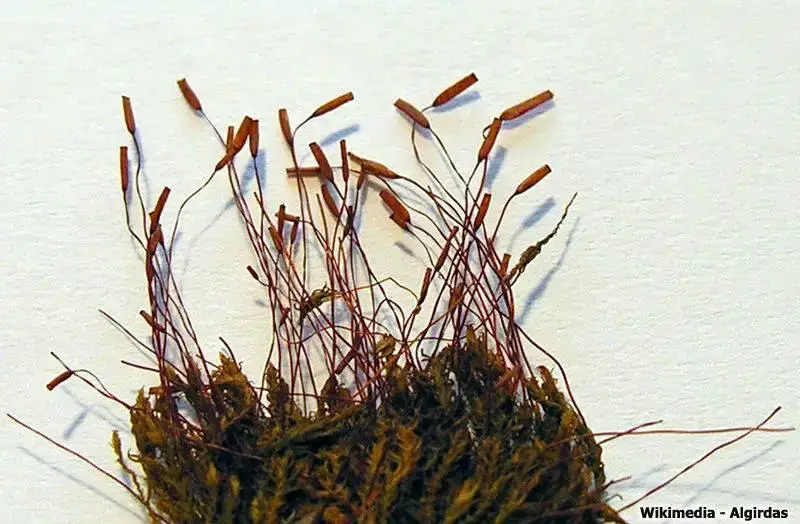
Barbula_unguiculata2.jpg from: https://azoresbioportal.uac.pt/azorean-species/barbula-unguiculata-12152/
Case Studies/Examples
Barbula unguiculata Hedw. has been the subject of numerous scientific studies, shedding light on its unique adaptations and ecological significance. For instance, researchers have investigated the moss’s ability to accumulate heavy metals, making it a potential biomonitor for environmental pollution. Additionally, studies have explored the moss’s role in stabilizing soil and preventing erosion, particularly in arid and semi-arid regions.
Technical Table
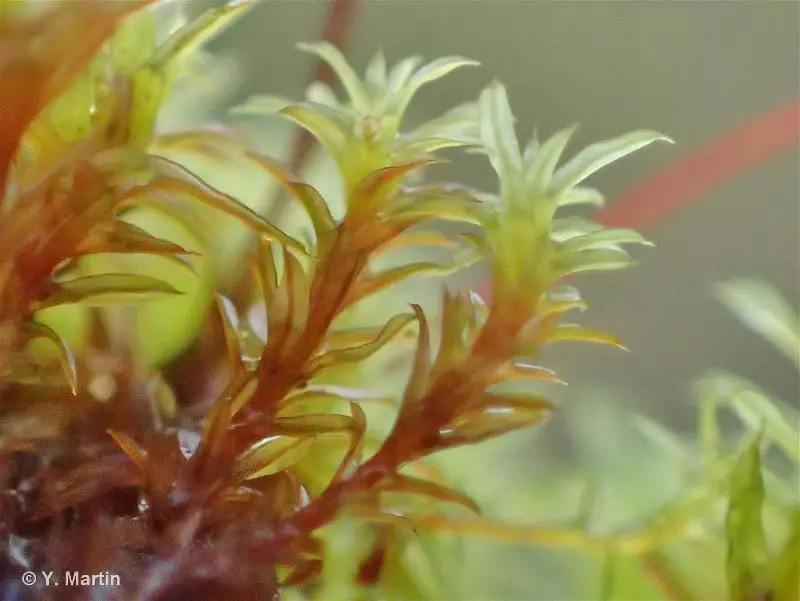
381948.jpg from: https://inpn.mnhn.fr/espece/cd_nom/5266
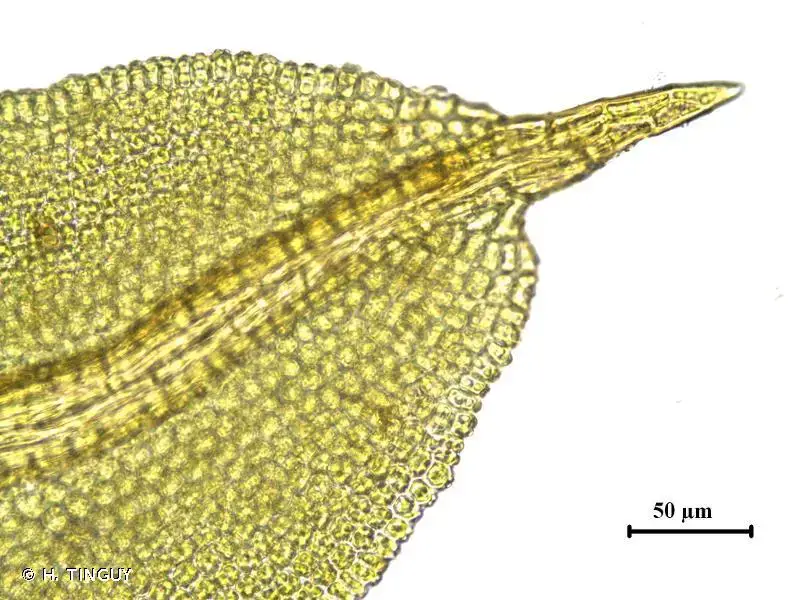
207715.jpg from: https://inpn.mnhn.fr/espece/cd_nom/5266/tab/fiche
| Characteristic | Description |
|---|---|
| Family | Pottiaceae |
| Genus | Barbula
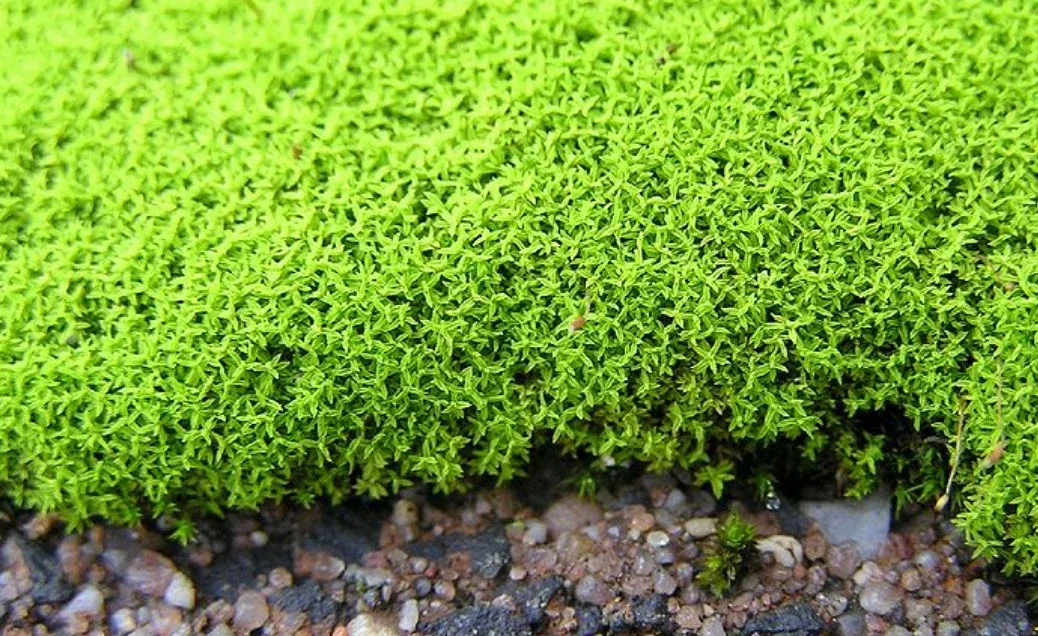 il_fullxfull.3687113755_d2ee.jpg from: https://www.thebryophytanursery.com/listing/1157404988/terrarium-moss-barbula-unguiculata-with |
| Species | Barbula unguiculata Hedw. |
| Common Name | Barbula Moss |
| Growth Form | Acrocarpous, cushion-like tufts or mats |
| Leaf Shape | Lanceolate to ovate-lanceolate, with a hair-like tip |
| Leaf Arrangement | Spirally arranged around the stem |
| Leaf Texture | Strongly crisped when dry |
| Color | Reddish-brown to green |
| Habitat | Urban areas, disturbed sites, rock outcrops, soil banks, tree bark |
| Distribution | Cosmopolitan, found on almost every continent except Antarctica |
| Adaptations | Desiccation tolerance, cryptobiosis, rapid rehydration |
| Ecological Roles | Soil stabilization, microhabitat provision, pioneer species |
Conclusion
Barbula unguiculata Hedw., the unassuming yet remarkable Barbula moss, is a true testament to the resilience and adaptability of bryophytes. From its distinctive morphology and global distribution to its vital ecological roles and remarkable adaptations, this moss species offers a captivating glimpse into the intricate world of nature’s smallest wonders. As we continue to explore and appreciate the diversity of life on our planet, the Barbula unguiculata Hedw. serves as a reminder of the incredible complexity and beauty that can be found in even the most unassuming of organisms.
Ponder this: In a world where we often overlook the smallest of creatures, what other hidden marvels might we be missing, and how can we cultivate a deeper appreciation for the intricate tapestry of life that surrounds us?
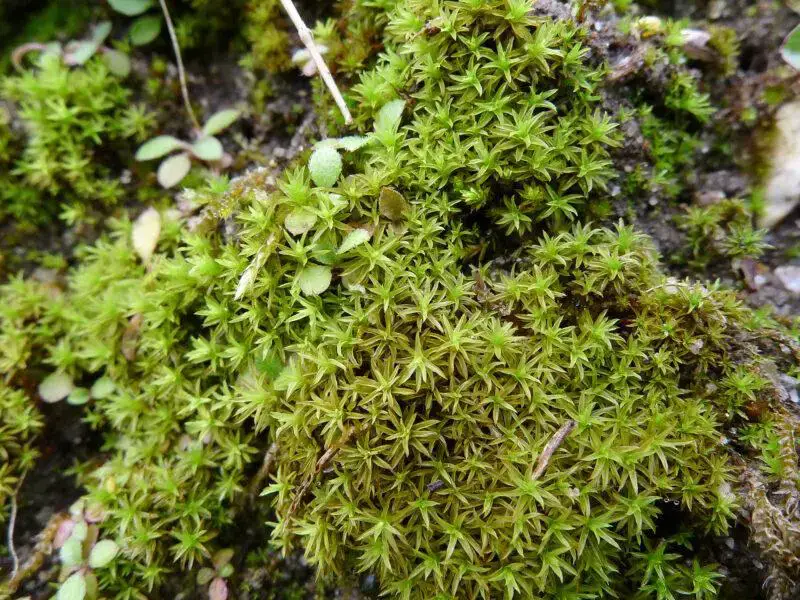
Barbula-unguiculata-0512-800×600.jpg from: https://www.britishbryologicalsociety.org.uk/learning/species-finder/barbula-unguiculata/